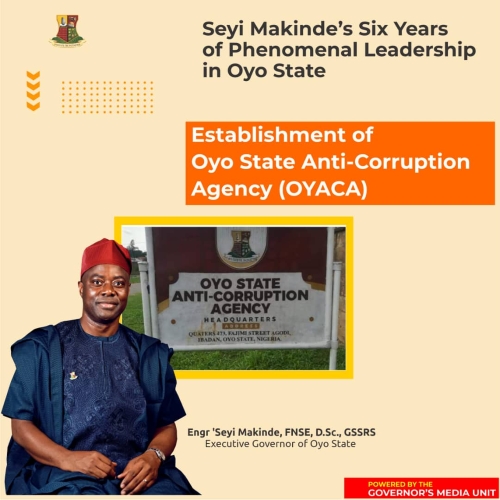
▪︎Celestial Church of Christ and Cherubim and Seraphim as case studies
White garment churches have long been a significant and recognizable presence within the realm of Christianity. With their distinctive white robes, these churches have garnered a sense of mysticism and reverence over the years. Two prominent white garment churches that have influenced African Christianity are the Celestial Church of Christ and the Cherubim and Seraphim Church. However, despite their original intentions, the doctrines of these churches have been bastardized, leading to a deviation from their core principles and the loss of their sanctity.
The Celestial Church of Christ was founded in 1947 by Reverend Samuel Bilewou Oshoffa in Nigeria. Oshoffa claimed to have received divine messages and visions from God, prompting him to establish a church that would serve as a direct representation of the heavenly realm on earth. The church’s doctrines were based on the Holy Bible and emphasized the practice of divine healing, prophetic revelations, and spiritual deliverance. However, over time, the sanctity of the Celestial Church has been compromised.
One of the primary ways in which the sanctity of the Celestial Church has been bastardized is through the commercialization of its practices. Some pastors have turned the church into a lucrative business, preying on the vulnerabilities of congregants. They manipulate members into believing that extravagant financial contributions and the purchase of various church merchandise are necessary for receiving divine blessings. This departure from the original doctrines of the church not only exploits the faith and trust of its followers but also tarnishes the sanctity that the white garments symbolize.
Similarly, the Cherubim and Seraphim Church, another white garment church founded in Nigeria in 1925 by Moses Orimolade Tunolase, has also suffered from a distortion of its original teachings. Tunolase established the church with the aim of promoting holiness, spiritual awakenings, and a closer relationship with God. However, as time went by, the church’s doctrines were manipulated and altered to suit personal agendas.
One key area where the Cherubim and Seraphim Church’s sanctity has been compromised is through the proliferation of fake prophets and fraudulent practices. The church, known for its emphasis on prophetic revelations, has attracted individuals who deceitfully claim to possess divine powers of healing and deliverance. These self-proclaimed prophets use unethical means to exploit the vulnerable and extract money from them, promising impossible miracles in return. This desecration of the church’s sanctity not only betrays the fundamental principles upon which it was founded but also undermines the faith and trust of its followers.
The bastardization of white garment churches like the Celestial Church of Christ and the Cherubim and Seraphim Church is a lamentable phenomenon. It results in the loss of faith in religious institutions, breeds skepticism, and undermines the spiritual well-being of individuals who seek solace and guidance. In order to restore the sanctity of these churches, there is a need for rigorous monitoring, accountability, and re-education. Leaders must be held responsible for their actions and teachings, and members should be empowered to question and discern the authenticity of spiritual practices.
White garment churches have the potential to be beacons of spirituality, offering solace, hope, and guidance to those in need. It is imperative that their doctrines remain true to their original principles and intentions. By addressing the bastardization of these churches and reviving their sanctity, we can ensure that their influence is a force for good, promoting genuine spirituality and enriching the lives of their followers. Only then can the white garments they wear truly represent the purity and divinity they were meant to embody.











